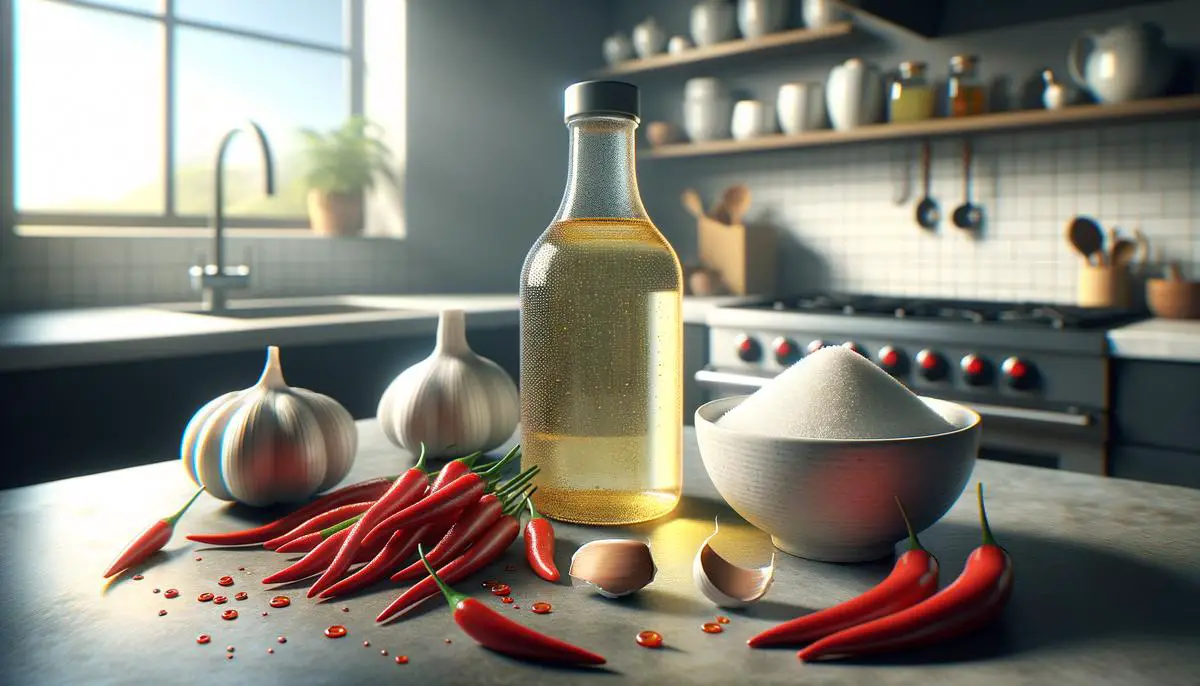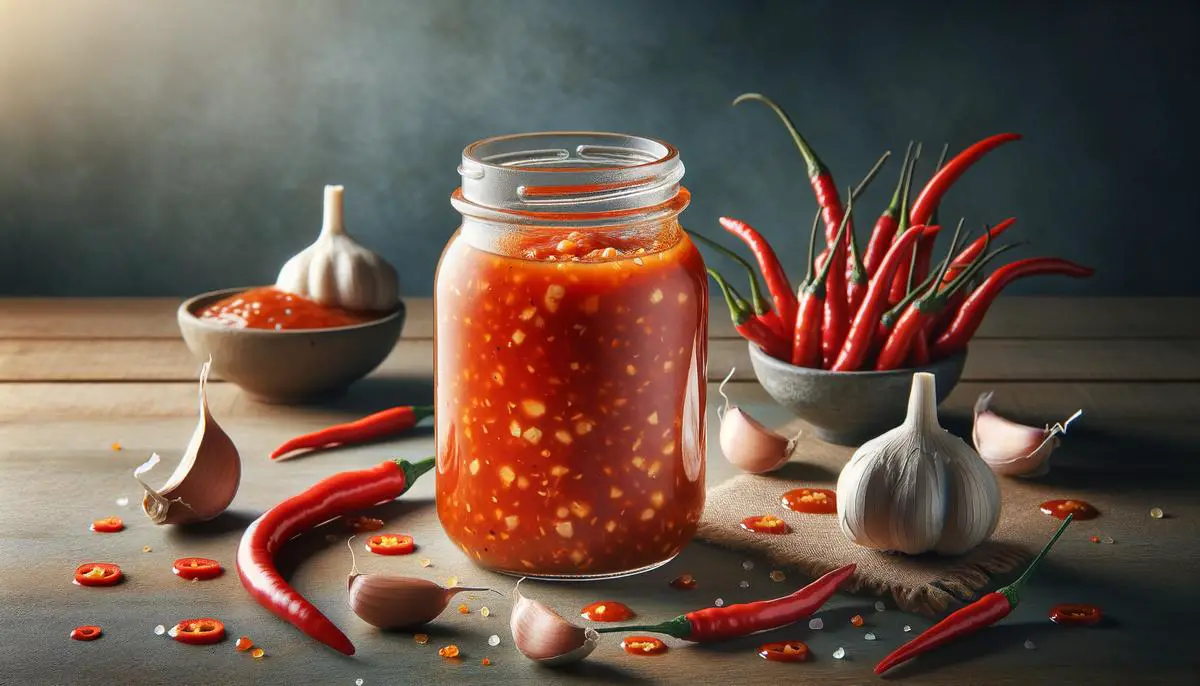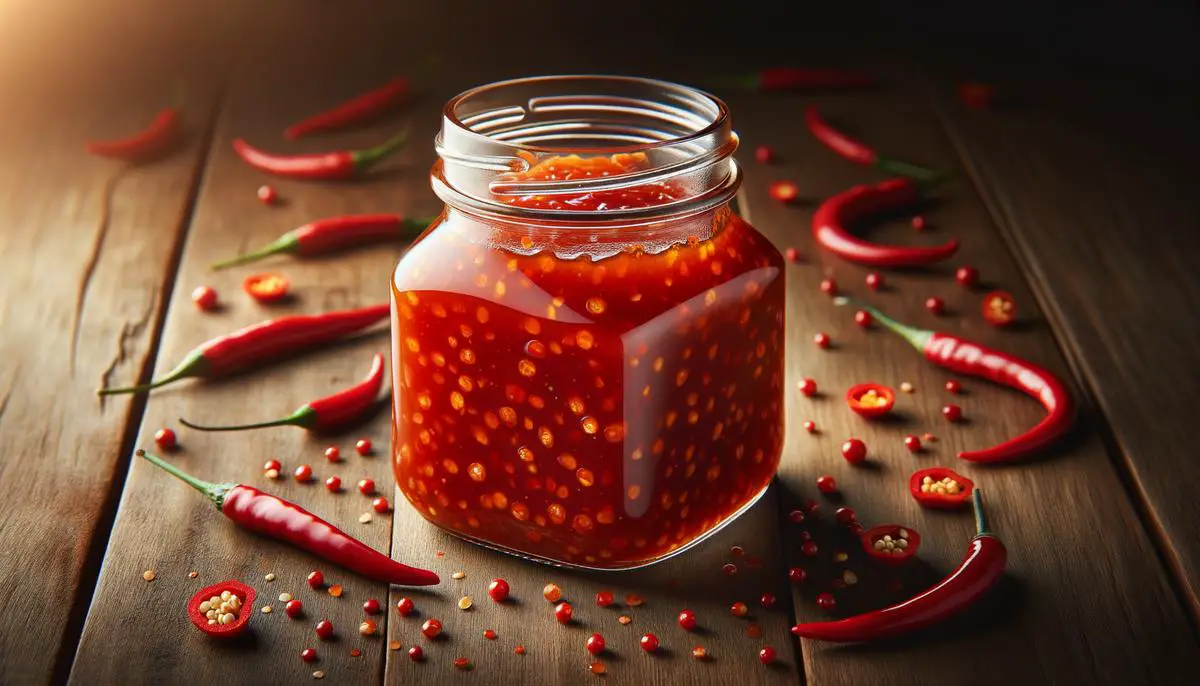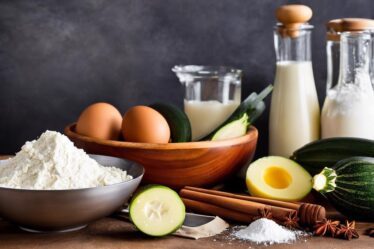
Have you ever wanted to bring the rich flavors of Thailand into your own kitchen? This guide on making Thai Sweet Chili Sauce at home is your ticket. With a focus on simple ingredients and easy-to-follow steps, we’ll show you how to create a sauce that adds an exotic touch to any meal. Whether you’re a seasoned chef or new to cooking, this sauce will elevate your dishes with its perfect blend of sweetness and spice.
Ingredients Selection
Making Thai Sweet Chili Sauce at Home
Craving for a taste of Thailand right in your own kitchen? This vibrant and flavorful Thai Sweet Chili Sauce is not only simple to create but brings an exotic touch to your meals with minimal effort. Perfect for dipping, drizzling, or spicing up your favorite dishes, making this sauce at home lets you control the spice levels and sweetness to suit your palate. Let's dive into the key ingredients you'll need to whip up this delicious sauce.
Ingredients You'll Need:
- Chilies: The heart of the sauce! For an authentic taste, use fresh red chilies if you can find them; they offer a blend of heat and sweetness. If fresh chilies are a challenge to find, don't fret. Mild to medium red chilies or even red bell peppers for a much milder version can work in a pinch. Add Thai chilies or red pepper flakes if you're after that extra kick.
- Garlic: Essential for adding depth and pungency to the sauce. Fresh garlic is preferred over powdered forms to ensure a robust flavor.
- Sugar: The sweetness balances out the heat. White sugar is typically used for its neutral sweetness, but feel free to play around with brown sugar for a hint of molasses flavor.
- Vinegar: This provides the tanginess that characterizes Thai Sweet Chili Sauce. White vinegar is most commonly used, although rice vinegar works perfectly too, adding a slightly milder acidic tone.
- Starch: For that thick, clingy texture that coats your food beautifully, a starch is necessary. Cornstarch or tapioca starch are excellent options; they thicken the sauce without altering its clarity or flavor.
- Water: Needed to dilute the vinegar's acidity and to balance the overall concentration of flavors.
- Salt or Soy Sauce: A bit of salt, or a splash of soy sauce (or fish sauce for a more authentic touch), is crucial for enhancing all the flavors within the sauce.
Quick Steps to Get Cooking:
- Start by blending Thai chilies (or your choice of chilies), garlic, and a bit of water until it forms a slush-like consistency.
- Move this mixture to a pot, adding in your vinegar, sugar, and salt (or soy/fish sauce). Mix well.
- Let it simmer for about 5 minutes on medium flame. Keep a keen eye to prevent any sticking or burning.
- Dissolve your choice of starch (cornstarch/tapioca starch) in a bit of water and stir it into the simmering sauce.
- Keep mixing until the sauce thickens beautifully — this won't take long, just about a minute or so after it starts boiling again post-starch add.
- Let it cool down, and voila! Your Thai Sweet Chili Sauce is ready to amaze.
Remember, making this sauce is more like an art than science. Feel free to adjust the ingredients according to your taste. Want it sweeter? Go ahead, add a tad more sugar. Fancy it with more fire? Throw in those extra chilies without a second thought. The beauty of home cooking lies in making a dish your own, and with this Thai Sweet Chili Sauce, you're all set to bring a touch of Thailand into your dining experience.

Sauce Preparation Techniques
For a perfectly blended Thai Sweet Chili Sauce, you'll need to harmonize the spicy, sweet, and tangy elements just right. To strike this balance, carefully combine the identified essential ingredients. Pay close attention to the minced ginger and garlic — these fragrant friends introduce a substantial depth to your sauce. The granulated sugar not only sweetens but also mellows the heat, syncing it with the tanginess of the vinegar.
Start by taking a medium pot and mix your water, sugar, vinegar, chopped chili peppers (or chili paste for a hassle-free alternative), minced garlic, and ginger together. This initial blend is crucial; treat it as the foundation of your sauce's character. Turn on the heat and stir gently to persuade the sugar to dissolve completely, ensuring no graininess remains. Bring the mix to a gentle boil. This boiling phase helps to meld the flavors together, interlocking them in a flavorful embrace.
Simmer the sauce for about 5 minutes to allow it to thicken slightly. This delicate heat application allows each ingredient to contribute its notes without overshadowing the other.
Introduce the cornstarch mixture or "slurry" steadily while whisking continuously. The sauce will start to thicken, adopting a glossy sheen characteristic of the best Thai Sweet Chili Sauce. Keep stirring during this thickening process to prevent clumping and ensure an even, smooth consistency. Once thickened, remove the pot from the heat and allow your creation to cool down.
This cooling period isn't only about temperature; it's an integral phase for your sauce to settle into its flavor and consistency. After cooling, store your sauce in a clean jar.
As you blend and simmer, your senses are paramount in achieving the transcendent balance this sauce prides itself on – taste, adjust, and experiment. Each batch of Thai Sweet Chili Sauce is an echo of your culinary voice. Let it sing through your dishes, crafting memorable meals with a personal touch.

Canning and Storage

Making Thai Sweet Chili Sauce at home is more than just a cooking task; it’s an opportunity to infuse your meals with personal flair and taste preferences. By following the outlined steps and using the suggested ingredients, you have the freedom to adjust flavors and create a sauce that’s uniquely yours. This homemade delight not only brings the essence of Thailand into your dining area but also showcases the joy of crafting something special from scratch. Let this be a staple in your culinary repertoire, promising delicious experiences with every bite.
- National Nutrient Database for Standard Reference, Legacy Release. US Department of Agriculture, Agricultural Research Service. https://ndb.nal.usda.gov/ndb/. Accessed April 15, 2023.
- Sirisunthorn N, Wongfhun P, Gordon MH, Apichartsrangkoon A. Physical and chemical properties of Thai traditional shrimp paste (kapi). J Aquat Food Prod Technol. 2013;22(5):520-531. doi:10.1080/10498850.2012.714898
- Tangkanakul P, Auttaviboonkul P, Niyomwit B, Lowvitoon N, Charoenthamawat P, Trakoontivakorn G. Antioxidant capacity, total phenolic content and nutritional composition of Asian foods after thermal processing. Int Food Res J. 2009;16:571-580.



